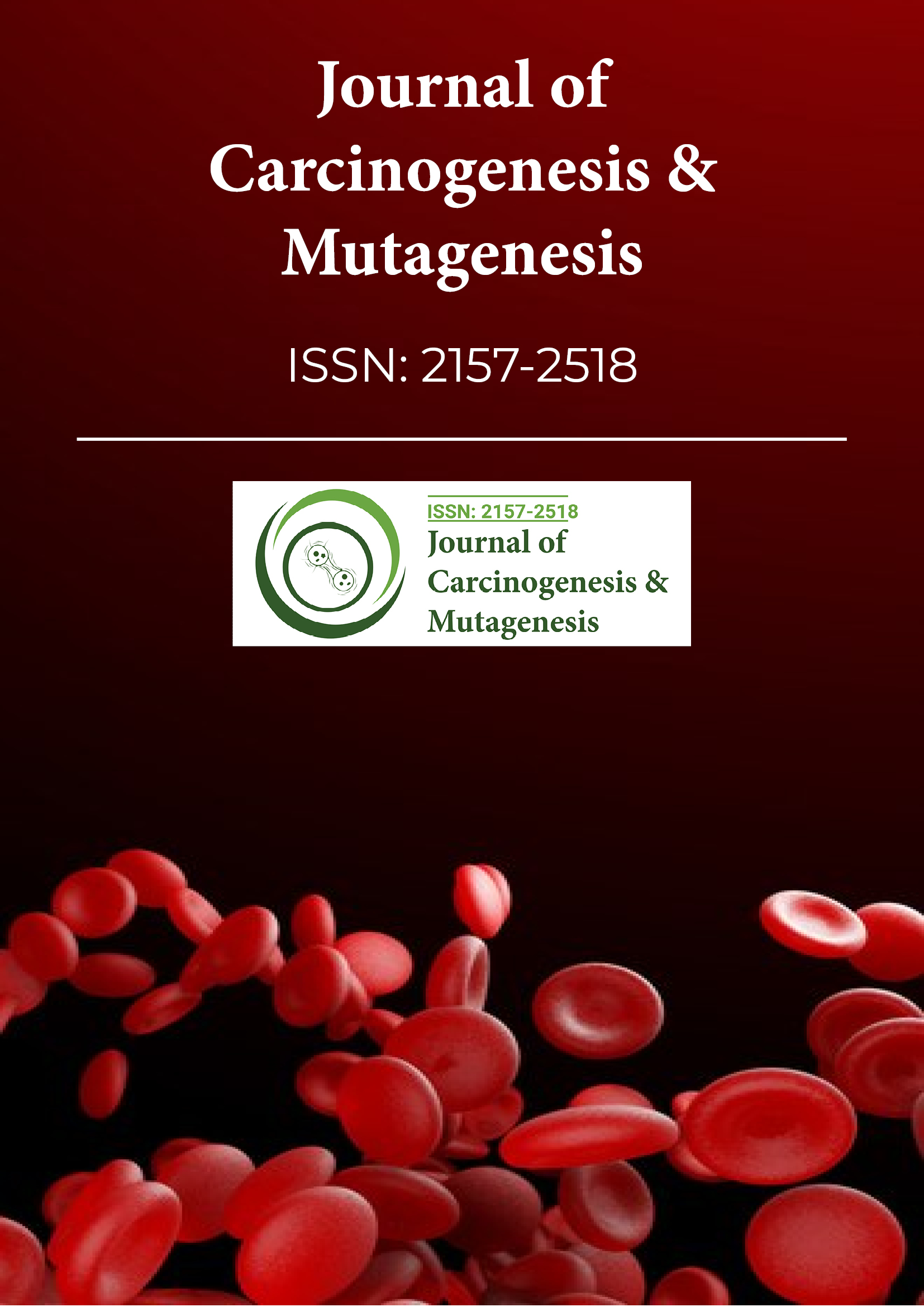Indiziert in
- Öffnen Sie das J-Tor
- Genamics JournalSeek
- JournalTOCs
- Ulrichs Zeitschriftenverzeichnis
- RefSeek
- Hamdard-Universität
- EBSCO AZ
- OCLC – WorldCat
- Publons
- Genfer Stiftung für medizinische Ausbildung und Forschung
- Euro-Pub
- Google Scholar
Nützliche Links
Teile diese Seite
Zeitschriftenflyer

Open-Access-Zeitschriften
- Allgemeine Wissenschaft
- Biochemie
- Bioinformatik und Systembiologie
- Chemie
- Genetik und Molekularbiologie
- Immunologie und Mikrobiologie
- Klinische Wissenschaften
- Krankenpflege und Gesundheitsfürsorge
- Landwirtschaft und Aquakultur
- Lebensmittel & Ernährung
- Maschinenbau
- Materialwissenschaften
- Medizinische Wissenschaften
- Neurowissenschaften und Psychologie
- Pharmazeutische Wissenschaften
- Umweltwissenschaften
- Veterinärwissenschaften
- Wirtschaft & Management
Abstrakt
Gewebebiomineralisierung als Mechanismus der Krebsentstehung
Maciej Pawlikowski
Dieser Artikel fasst die Ergebnisse langjähriger Studien zur Biomineralisation bei ausgewählten Krebsarten zusammen. Sie wurden unter Einsatz moderner Methoden der Mineralogie und Histologie an Krebsarten der Haut, der Lunge, des Mundes, der Niere, der Prostata, der Schilddrüse, des Bindegewebes und anderen durchgeführt.
Die erhaltenen Ergebnisse zeigen, dass in Krebsgebieten zwei Arten der Biomineralisierung vorhanden sind: versteckte und sichtbare Biomineralisierung. Versteckte Biomineralisierung manifestiert sich nicht als Körner oder Mineralkristalle im Gewebe. Sie liegt in Form erhöhter Konzentrationen von Elementen und Verbindungen in den Körperflüssigkeiten sowie in Form von Elementen vor, die in die Atomstrukturen des Gewebes eingebaut sind.
Die sichtbare Biomineralisierung ist die nächste Stufe. Sie entsteht durch die weitere Entwicklung der verborgenen Biomineralisierung und führt zur Bildung von Mineralkörnern, Kristallen usw.
Die Biomineralisierung des Gewebes durch verschiedene Substanzen, darunter auch sogenannte Karzinogene, kann zu einer Veränderung der DNA in dem für die Zellvermehrung verantwortlichen Bereich führen. Dies kann wiederum einen DNA-Defekt verursachen, der die Zellvermehrungsrate beschleunigt. Das Ergebnis ist eine unkontrollierte Zellvermehrung, die zur Entwicklung von Krebsgewebe im Organ führt.
Je nachdem, welche Zellen mutieren, welcher DNA-Abschnitt defekt ist und welche Substanz (Karzinogen) während der Zellvermehrung in die DNA eingebaut wird, kann sich sogar innerhalb eines Organs ein breites Spektrum an Krebserkrankungen entwickeln. Das beschriebene Phänomen führt zu einer großen Vielfalt an Krebsarten.